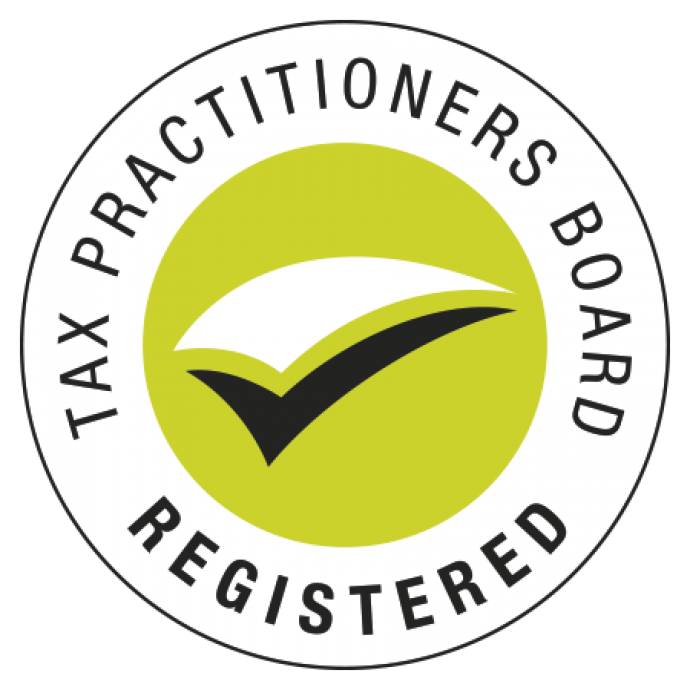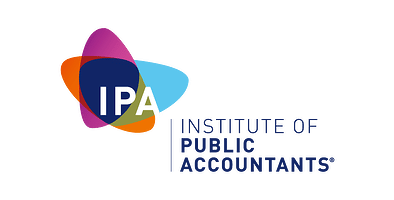On 14 March 2025, the Federal Government released draft legislation for the highly anticipated Pay Day Super reforms. These changes are set to significantly reshape how and when superannuation is paid by employers across Australia.
With the Federal Election now scheduled for 5 May 2025, the government has entered caretaker mode, meaning formal consultation is paused until after the election. However, stakeholders still have time to respond—submissions are open until Friday 11 April.
You can access the draft legislation, supporting documents, and details on how to lodge a submission [here].
Key Provisions in the Draft Legislation
1. Qualifying Earnings (QE): A New Terminology
A new term—Qualifying Earnings (QE)—has been introduced. QE refers to the earnings on which employers must make Superannuation Guarantee (SG) contributions. While the terminology is new, the basis for calculating SG (i.e. Ordinary Time Earnings (OTE)) remains unchanged.
QE includes:
- An employee’s OTE
- Commissions
- Directors’ fees
- Certain contractor payments
2. QE Day = Pay Day
A “QE Day” is defined as the date on which an employee is paid their qualifying earnings.
From this date:
- Employers will have 7 calendar days to make the SG contribution to the employee’s fund
- For new employees, this timeframe is extended to 21 days
Maximum Super Contribution Base (MSCB) Goes Annual
Currently calculated quarterly, the MSCB will now move to an annual basis. The formula will be:
MSCB = Concessional Contributions Cap × (100 ÷ SG Rate)
Example:
If the concessional contributions cap is $30,000 and the SG rate is 12%, the MSCB would be:
$30,000 × (100 ÷ 12) = $250,000 per annum
No super is required on earnings exceeding this threshold within the financial year.
Handling Overpayments and Special Cases
SG Overpayments
- If an SG contribution exceeds what’s required for a QE Day, the excess can be carried forward and applied to future QE Days
- These carry-forward payments remain valid for up to 12 months
Extensions for Payment Timing
- Out-of-cycle payments (e.g. bonuses, commissions): Can be paid on the next QE Day
- Exceptional circumstances (e.g. natural disasters, large-scale IT outages): The ATO may grant an extension of 21 days (not available for individual employer tech issues)
Stapled Super “Bounce Backs”
- If a contribution to a stapled super fund is rejected, employers have 42 days from the QE Day to make a valid alternative contribution
- This only applies to bounce backs from stapled funds—not from funds closed by the employee
Super Guarantee (SG) Charge: New Assessment Process
The ATO will now be responsible for assessing SG Charge liabilities, which may be triggered by:
- Voluntary employer disclosures
- Employee reports of unpaid super
- ATO compliance actions (e.g. STP data matching with super fund reporting)
Employers will be required to report:
- An employee’s OTE, and
- The total superannuation liability through STP (Single Touch Payroll) reporting
Some payroll systems may require updates to meet the new reporting requirements.
SG Charge Now Tax-Deductible
The SG Charge itself will be tax-deductible, however:
- Any interest or penalties incurred after assessment will not be deductible.
Components of the New SG Charge
- Shortfall Amount
- Calculated based on Qualifying Earnings for the relevant QE Day
- Notional Earnings (Interest)
- Daily interest accrues from 8 days after QE Day at the ATO’s general interest charge rate
- Administrative Uplift
- The current $20 admin fee per employee will be replaced by an uplift of up to 60% of the shortfall
- This can be reduced to as low as 0% if employers:
- Voluntarily disclose and rectify underpayments quickly, and
- Have a strong compliance history (i.e. no ATO assessments in the past 24 months)
Stay Ahead of Super Changes
These reforms represent a significant shift in employer obligations—especially around timing and compliance.
Australian Payroll Association members gain early access to expert commentary, legislative updates, and compliance resources to help stay ahead of changes like these.




